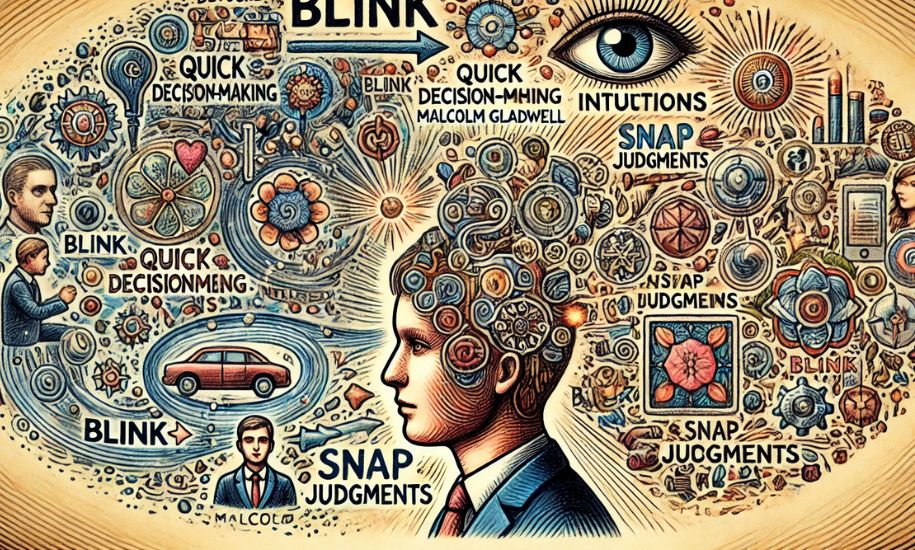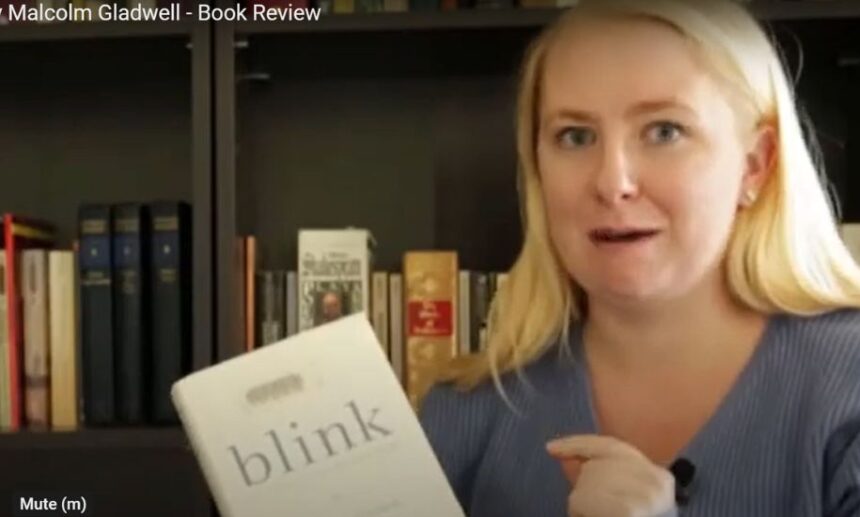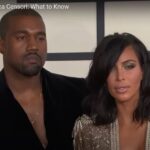blink malcolm gladwell: The Power of Thinking Without Thinking” is a revolutionary exploration of the mind’s ability to make snap decisions. In this book, Gladwell delves into the human capacity for thin-slicing, a process where we make quick judgments based on limited information. This idea has not only reshaped how people think about decision-making but also how they trust their instincts. At its core, “Blink” challenges the traditional notion that thorough analysis is always necessary for effective decision-making. It invites readers to explore the extraordinary power of their subconscious mind.
At Baddie Hun, we’re constantly exploring transformative ideas, and “blink Malcolm Gladwell” fits right into that narrative. Let’s dive deeper into the various aspects of this groundbreaking work.
What is Thin-Slicing?
Thin-slicing is a central concept in “blink Malcolm Gladwell.” It refers to our ability to make quick judgments based on narrow slices of experience. Instead of processing every detail, our minds extract crucial information in the blink of an eye. Gladwell argues that this form of rapid cognition can often be more accurate than a lengthy analysis.
One powerful example is how professionals, such as doctors or art historians, can sometimes make more accurate decisions quickly than after long deliberations. This ability is honed over years of experience, but Gladwell believes that we all possess the potential for thin-slicing in everyday life.
The Role of the Subconscious Mind
In “blink Malcolm Gladwell,” the role of the subconscious mind is a recurring theme. Gladwell explains that much of our decision-making happens beneath the surface, without us even realizing it. Our brains can process complex information and reach conclusions in milliseconds, all without our conscious awareness.
This raises important questions about trust. Should we always trust our gut instincts? Gladwell doesn’t argue that snap judgments are always correct, but he does highlight that, in the right context, they can be incredibly effective. At Baddie Hun, we’ve noticed how trusting your intuition, especially when honed through experience, can often lead to more authentic and confident decisions.

Blink Moments: Real-Life Examples
“blink Malcolm Gladwell” is filled with fascinating case studies that illustrate the concept of thin-slicing in action. One of the most famous examples is the story of the Getty Kouros, a supposedly ancient Greek statue that raised immediate suspicions among art experts. Despite extensive scientific testing that indicated the statue was authentic, the experts’ initial gut reactions proved correct—something about the statue simply “felt” wrong.
This case highlights how our brains can pick up on subtle details that we may not be consciously aware of. It’s the reason why we sometimes have a “bad feeling” about someone we meet or why a situation may seem off, even if we can’t pinpoint why. The lesson of “blink Malcolm Gladwell” is clear: Sometimes our subconscious knows more than we do.
The Dark Side of Snap Judgments
While “blink Malcolm Gladwell” celebrates the power of thin-slicing, it also warns against the dangers of relying too heavily on snap judgments. Prejudices, biases, and stereotypes can creep into our quick decision-making processes, leading to flawed judgments. This is particularly evident in high-stakes situations like courtroom trials or job interviews.
In these cases, our brains can rely on superficial information—such as appearance or tone of voice—rather than the substance of what is being said or done. Baddie Hun frequently explores themes related to unconscious bias, and “blink Malcolm Gladwell” serves as a cautionary tale about the limitations of snap decisions, especially when they are influenced by societal norms or stereotypes.
The Influence of Experience
Gladwell argues that experience plays a critical role in making effective snap decisions. The more experience we have in a particular field, the more reliable our thin-slicing becomes. This is why experts are often better at making rapid judgments than novices. For example, an experienced firefighter may be able to sense that a building is about to collapse, even if there is no visible evidence to support that conclusion. Their brain has been trained through years of experience to pick up on subtle cues that others might miss.
In “blink Malcolm Gladwell,” this phenomenon is explored through various real-life scenarios, from emergency room doctors diagnosing patients to military commanders making life-or-death decisions. It’s a reminder that intuition is not just a magical ability—it’s often the result of years of practice and learning.
How “Blink” Applies to Everyday Life
Although “blink Malcolm Gladwell” contains many examples from specialized fields, the principles of the book apply to everyday life as well. From choosing a partner to deciding what to wear to an important event, we all make snap decisions every day. Gladwell’s insights can help us understand when to trust our instincts and when to be cautious about quick judgments.
For instance, when making a purchasing decision, you might instinctively gravitate toward one product over another. In many cases, this gut reaction may be based on a variety of subconscious factors—branding, packaging, even the way the product makes you feel. Gladwell’s work encourages us to reflect on these choices and understand the role that thin-slicing plays in shaping them.
At Baddie Hun, we believe that learning to trust our instincts, while also being aware of our biases, is essential for personal growth and success.
Conclusion: The Duality of Snap Decisions
“blink Malcolm Gladwell” is more than just a book about quick decision-making—it’s a deep dive into the human mind. It challenges readers to think critically about how they make choices and what role the subconscious plays in shaping their lives. While thin-slicing can be a powerful tool, it is not without its limitations. The key is to recognize when to trust your instincts and when to step back and engage in more deliberate thinking.
Malcolm Gladwell’s “Blink” offers a fresh perspective on how we navigate the world, helping us understand that sometimes, the best decisions happen in the blink of an eye.





